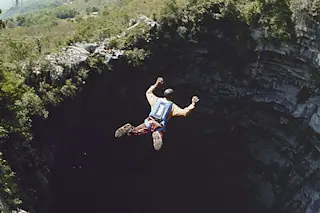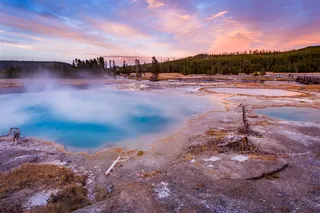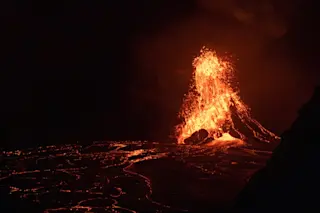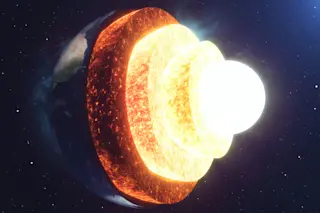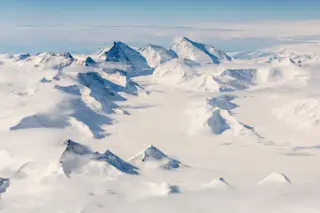Imagine drilling a hole through Earth, hopping on a train powered by gravity alone and traveling through from one end to the other. How long would you spend on that “gravity train” before popping out on the other side?
It’s a question physics professors have been asking students for decades, and they always expect the same answer: 42 minutes, 12 seconds. One graduate student claims to have shaved a few minutes off that traditional travel time. In Science Smackdown, we let a prof and the grad student duke it out.
(Credit: Roen Kelly/Discover & Benguhan/Shutterstock)
Roen Kelly/Discover & Benguhan/Shutterstock
In 1966, physicist Paul Cooper calculated how long the train would spend falling from one side of Earth to the other. People have been thinking about this hypothetical scenario — pondering the motion of mass inside Earth — since Robert Hooke first proposed an earlier, pre-train version of it to Isaac ...


